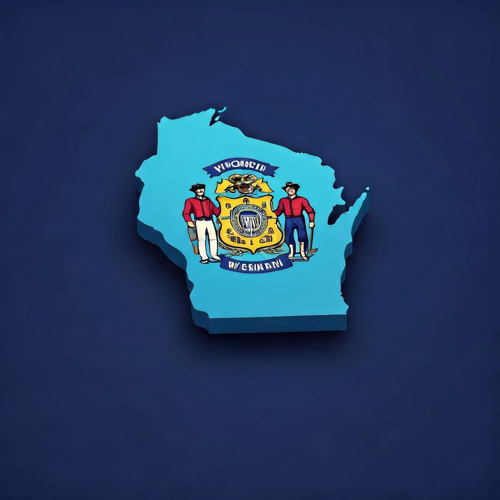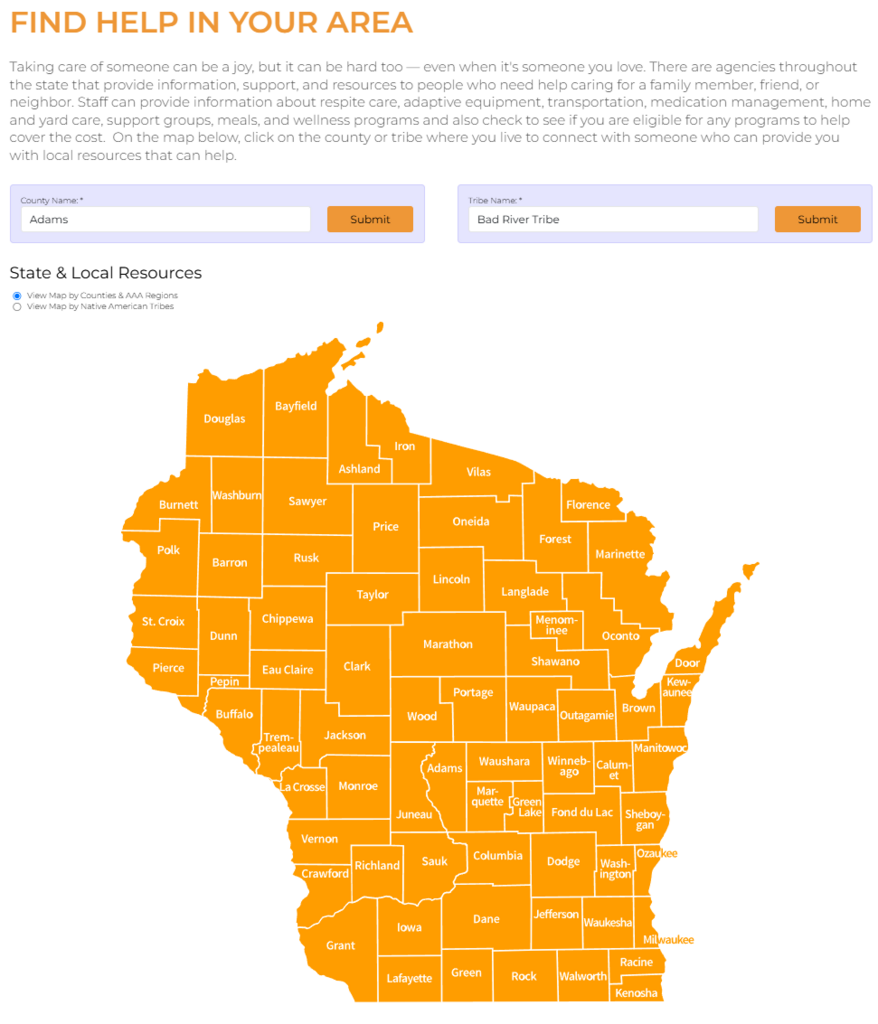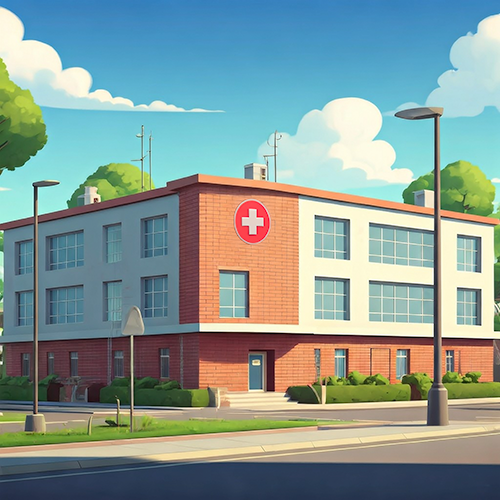As Generation X considers aging in place, Excelsior Springs, Missouri, offers a compelling example of proactive community planning. The city’s efforts to create age-friendly environments deserve attention.
Implementing the WHO Framework
Excelsior Springs uses the World Health Organization’s (WHO) age-friendly framework. This involves assessing and improving community aspects. These include transportation, housing, social engagement, and healthcare. The city prioritizes accessibility and social inclusion. These factors are vital for quality of life as people age.
Building Accessible Communities
The city improves infrastructure, like sidewalks and public spaces. This fosters community and keeps older residents active. Digital resources are also integrated. This acknowledges the importance of staying connected.
Bridging the Digital Divide
A $5,000 grant funds a technology education program. Senior Center Director Jeff Barge partners with the Mid-Continent Public Library. Training sessions help seniors use digital tools. This reduces isolation from a lack of tech access. This program is important to generation X, as they understand the importance of online resources.
A Collaborative Approach
Effective age-friendly planning requires collaboration. This includes local government, community organizations, and residents. Excelsior Springs sets a standard for inclusive communities.











